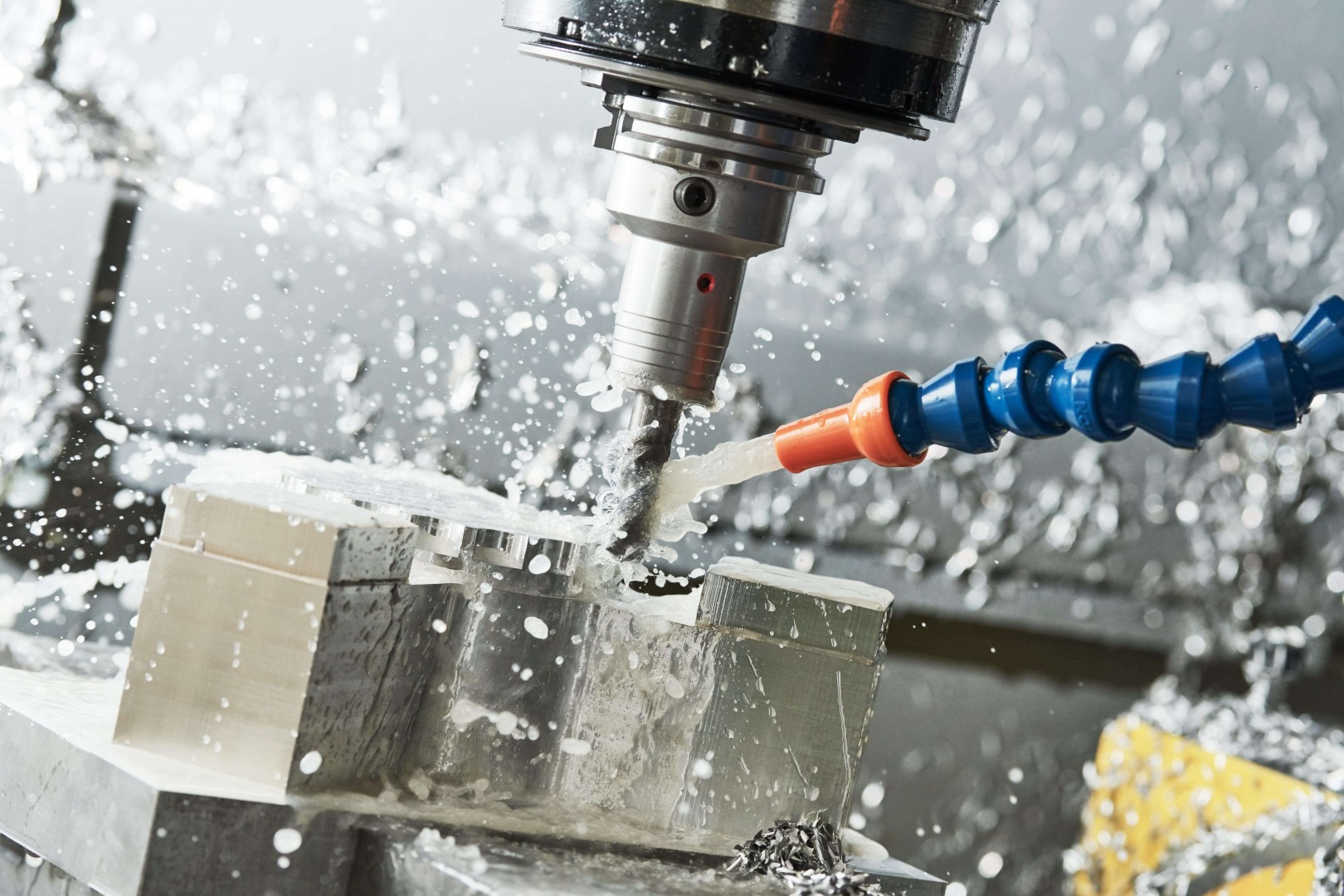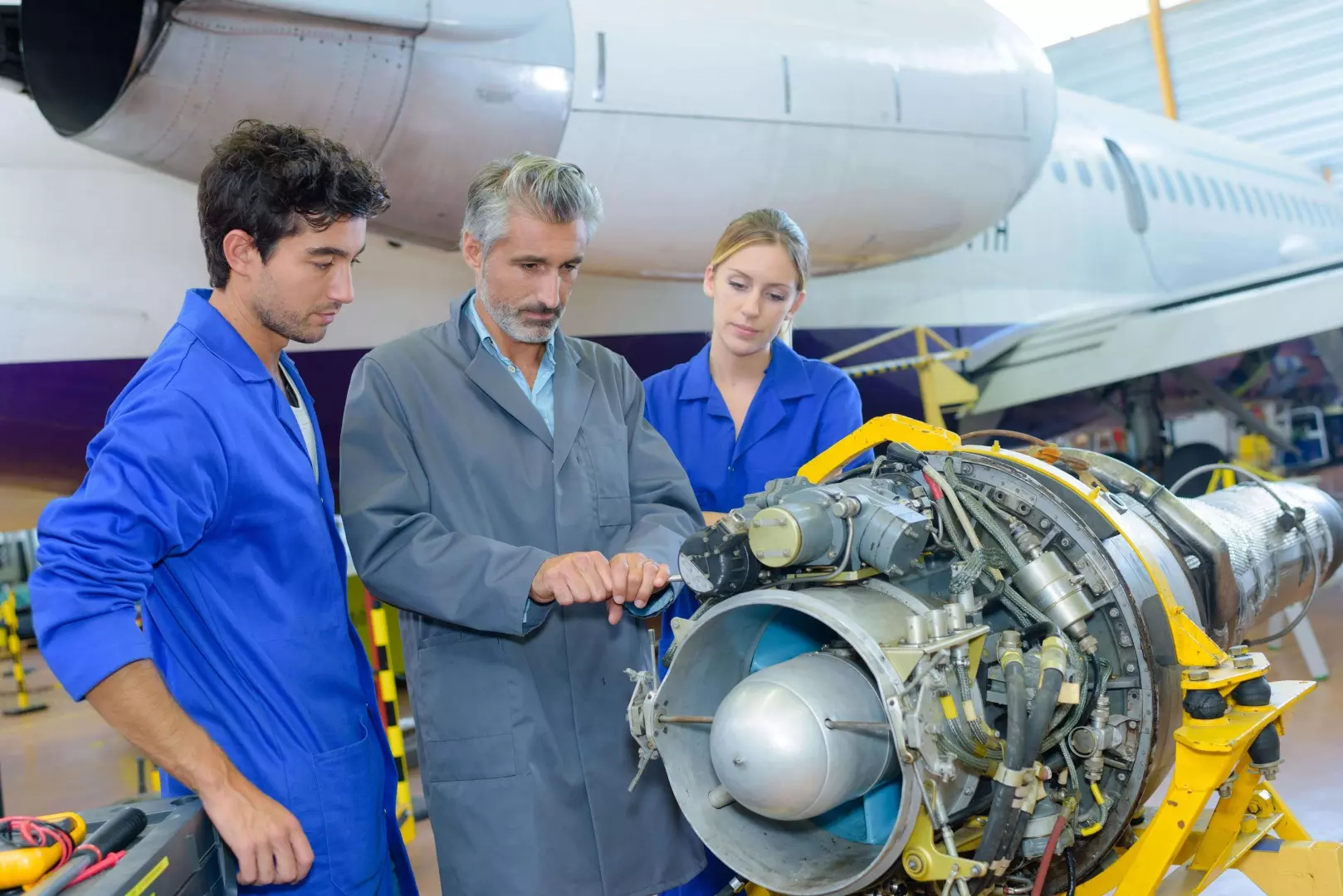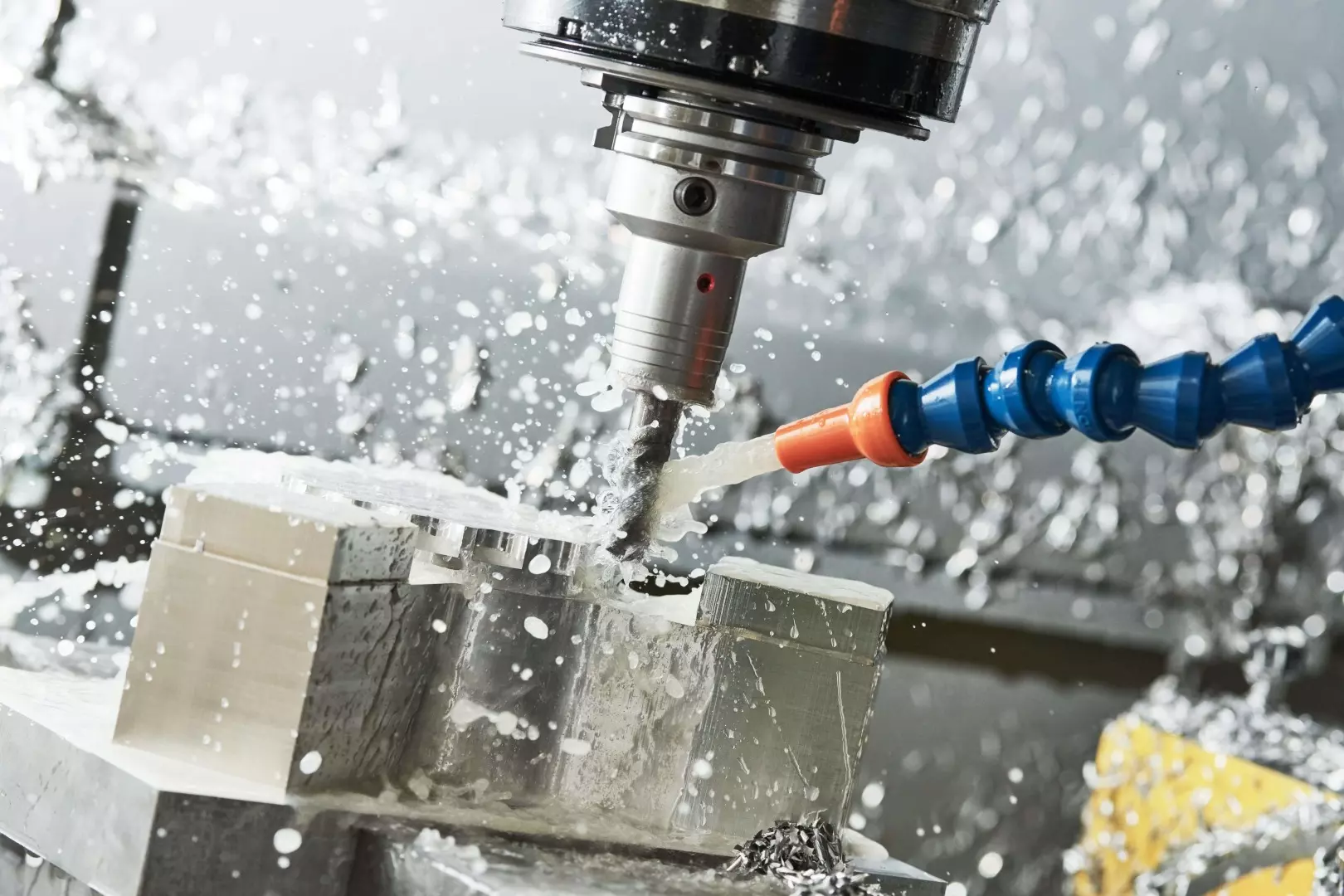Comments
- No comments found

With the aerospace engineering industry being a USD$34.8 billion industry, the race to create bigger and better means of aviation is well underway.
Also, this staggering amount of progress would not have been possible without the help of Computer Numerical Control (CNC) machining.
The power to automate processes and perform surgical levels of precision are some of the countless benefits now relegated to these machines, and it’s rightly so. The margin for error is small and the stakes are high. Moreover, the fusion of human creativity and artificial intelligence (AI) functionality is slowly paving the way to the future.
To further discuss the finer points of CNC and its relation to aerospace automation, read below for some key areas of discussion.

Rapid prototyping is a key process in aerospace automation. What once took months of planning and preparation can now be done in a few weeks. Also, this is not factoring in the amount of funding used leading up to a presentation.
Failure to convince investors of theoretical designs and changes can be the premature death of a project. Diagrams and wordy explanations can sometimes fail to express the viewpoints and reasoning of an engineer. Additionally, concept presentations may no longer be enough to give investors the confidence to support these ideas.
CNC rapid prototyping along with Three-Dimensional (3D) printing can rapidly create physical manifestations of these projects. Being able to see and hold these components can make explaining them easier to grasp. Also, having an output during presentations can be reassuring to possible investors.
With access to this technology, enterprises can explore more ideas without budgetary constraints. Moreover, editing can be done on the fly and the need for specialized tools is no longer an issue.
Additionally, governments and private organizations like aerospace machining company Moseys productions can focus on breaking the current barriers of flight.
Material weight is an important factor when it comes to designing aircraft. They must be sturdy enough to withstand pressure while being heat-resistant to survive friction and engine heat.
Metals like tungsten, titanium, and aluminum are the most sought-after for these materials. They are relatively lighter than other metals but remain resilient.
Furthermore, a lighter aircraft is proven to be more fuel-efficient. Pressing issues like fossil fuel shortage and space flight feasibility are garnering greater attention on aerospace automation design.
Therefore, maximizing the use of these metals is said to create a better-performing aircraft while reducing emissions caused by larger fuel consumption.
CNC machining is used to process these materials thanks to their high compatibility. Automation ensures that material integrity is kept intact. Likewise, their controlled algorithms create consistent output and leave little to no waste.
Even the most experienced worker is bound to make errors now and then. While attention during production is crucial, it’s also repetitive and meticulous work. Fatigue and miscommunication can often occur and are cited as the leading cause of production errors.
Thus, CNC machinery is being integrated into aerospace automation as it aims to cover these lapses in human limitations. Machines can keep functioning so long as they are powered up. Not only that, but they are also typically designed to tackle one task for hours on end.
CNC machines are tireless and provide a centralized area for information to be processed. Therefore, the need to collate information from engineer to worker becomes a thing of the past. Should an error occur, changing a number or two on the machine can save the work floor from downtime and backtracking.
Companies can then reassign manpower to other departments. Therefore, leaving this process to CNC machines saves engineers from exhaustion and ensures consistent, high-quality output.

Breaking the mold on current aerospace automation limitations means a great deal of unconventional thinking. Current models used must be scrutinized repeatedly to weed out weaknesses or find better alternatives.
Also, the geometries and interlocking components that make up current aircraft are already perfectly fitting puzzle pieces. Changing a single aspect can sometimes mean unraveling other parts of the design.
As engineers strive for improvement, proposed designs can become increasingly complex. Development delays can occur as the production of these components is painstakingly carried out.
Fortunately, CNC machinery typically means the use of five-axis machining. This allows for increased nuance and the smoother creation of unusual designs.
Increased flexibility in a short amount of time can help engineers devote their efforts to breaking out of the mold. Airplanes and spacecraft soon could look significantly different from the designs of today.
When it comes to the future of aerospace travel, the sky’s the limit as human limitations are replaced with machine functionality. Conversely, technological constraints are answered with human creativity.
CNC machining already brings much to the table and could bring more. The use of automation where it matters could be enough to help people master aircraft flight and reach even further in the future.
Leave your comments
Post comment as a guest